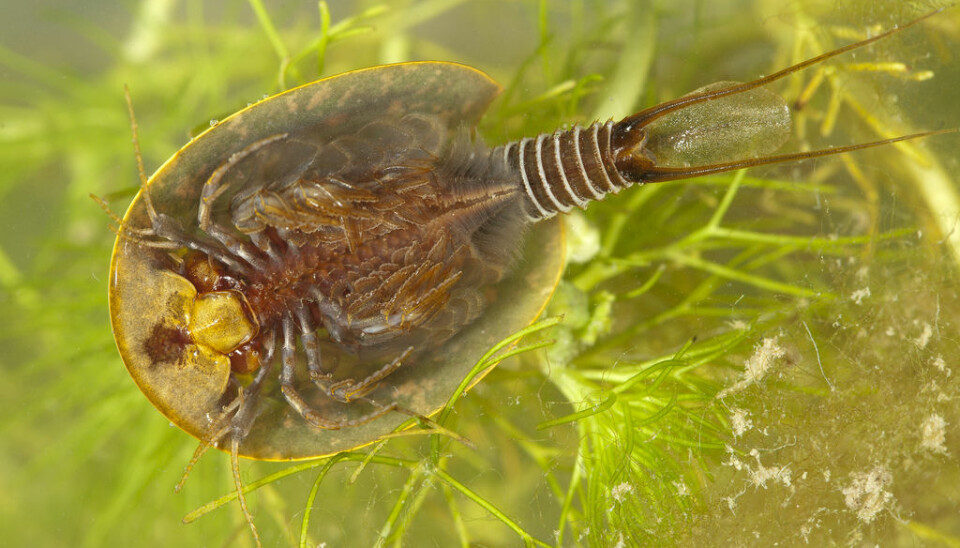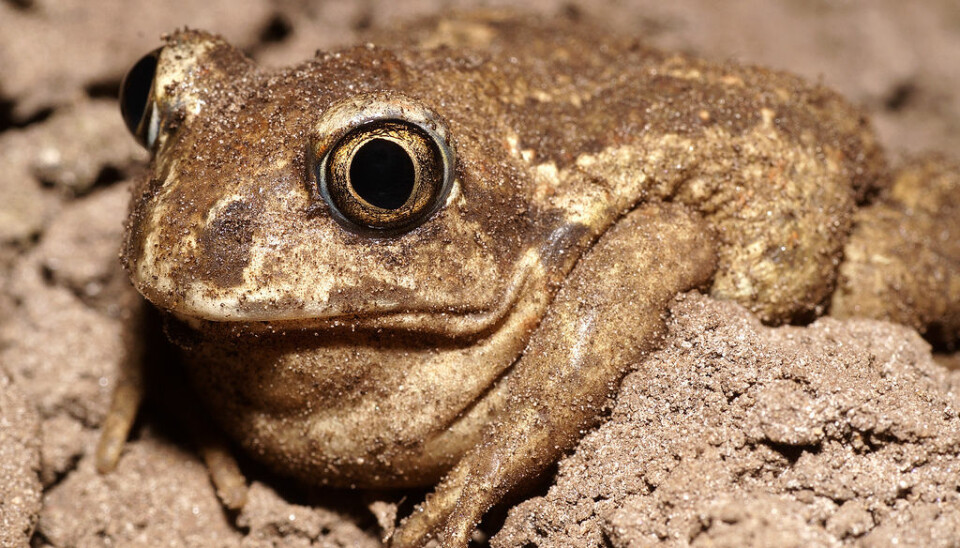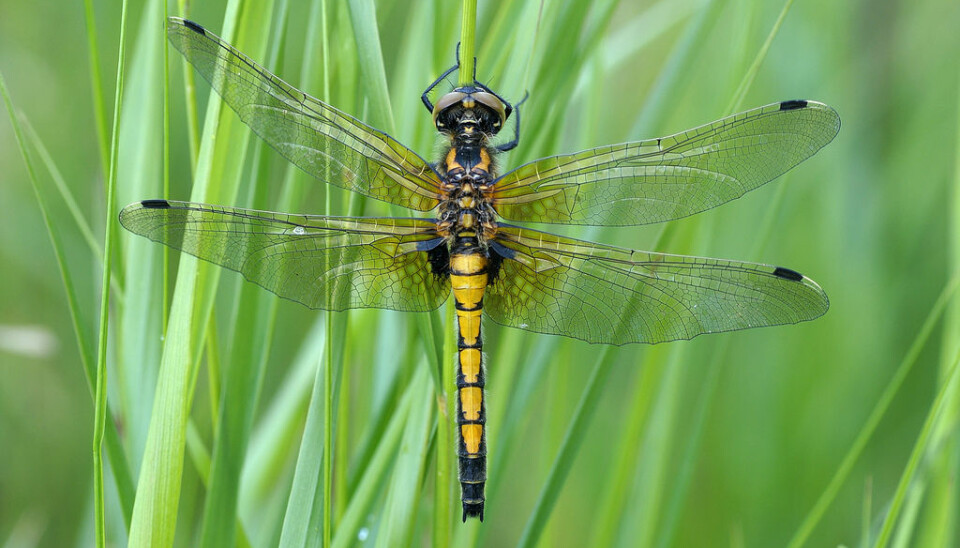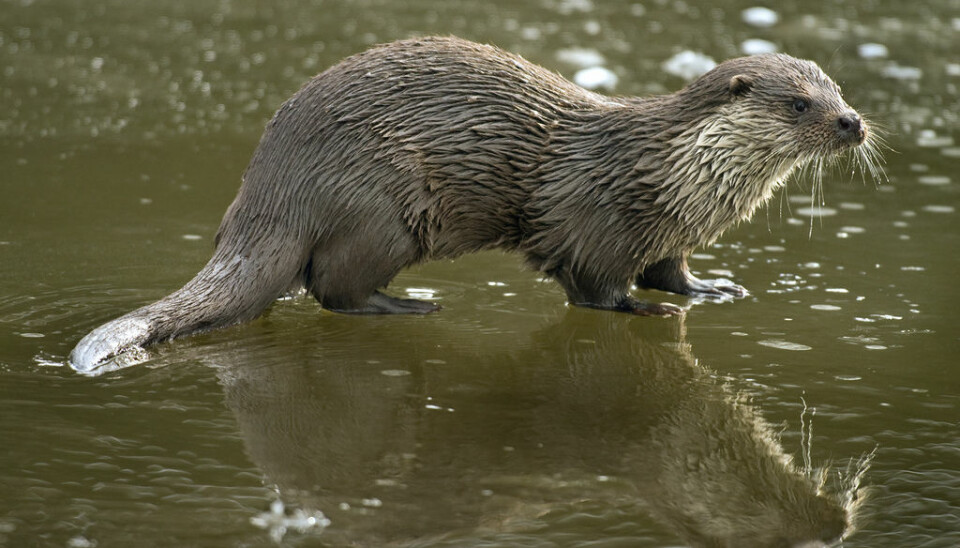Water drops reveal all life in a lake
A new DNA detection method can very effectively tell us which animals live in a lake. See some of these interesting animals in our picture gallery.
Naming and identifying the rich animal life in or around a lake is a great challenge for most people.
Traditionally, biologists have had to put on long boots and venture out to the lake to carry out animal counts and identifications before being able to take on the challenge.
But according to researchers at the University of Copenhagen, new technology can reveal all the animal life of a lake from a small glass of lake water. The water contains the DNA of all the animal species in the lake.
“We have shown that the DNA detection method works on a wide range of different rare species living in freshwater,” says Philip Francis Thomsen. A PhD student at the university’s Centre for GeoGenetics, he is one of the researchers who developed the new technology.
“These species all leave DNA traces in their environment,” he explains, “and their DNA can be detected in even very small water samples from their habitat. In the water samples we found DNA from animals as different as an otter and a dragonfly.”
Highly reliable DNA method
The researchers have shown that the DNA detection method is surprisingly effective – even in lakes with very few instances of a species.
They substantiated the reliability of the method by studying the fauna of 100 different lakes and streams in Europe with both conventional methods – counting individuals – and the new DNA-based method.
Can help protect endangered species
The study also shows that the DNA detection method can even be used to estimate the population sizes of individual species in a lake. This can help preserve endangered species.
“The UN has agreed to halt the decline of biodiversity, but a prerequisite to do so is that we are capable of properly documenting the status of threatened species,” says Jos Kielgast, a master’s degree student who also took part in the research. “Our new approach will make finding the endangered species cheaper and faster. We can thus prioritise efforts to the benefit of biodiversity both here in Denmark and in the rest of the world.”
Method can fix fishing quotas
The new method shows that DNA traces are found everywhere in the aquatic environment.
The researchers believe their method can be used in many other applications in the future, not just monitoring biodiversity and threatened species.
Quotas for catching fish could for instance be fixed on the basis of the various fish DNA traces in the sea rather than the size of the catches, which is the quota-fixing system used today.
The Danish research results were published as a cover story in the latest issue of the scientific journal Molecular Ecology.
Translated by: Michael de Laine












